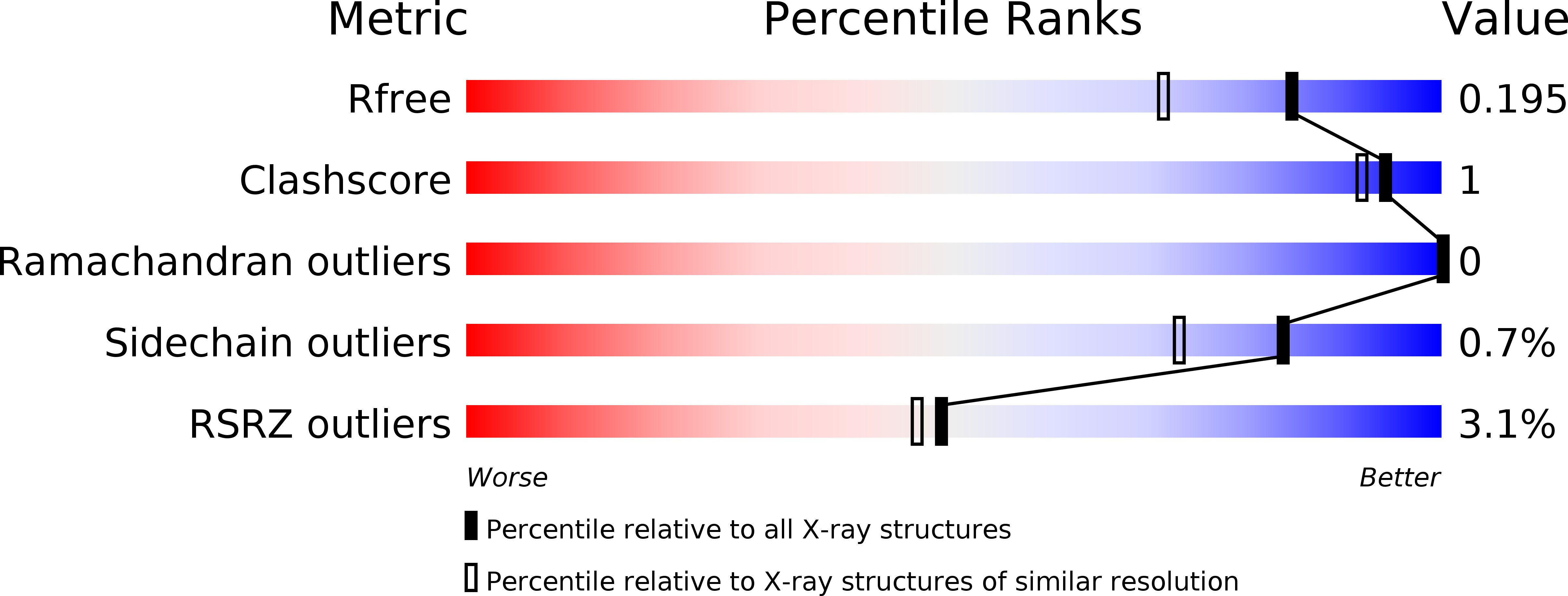
Deposition Date
2017-09-25
Release Date
2018-08-29
Last Version Date
2023-10-04
Method Details:
Experimental Method:
Resolution:
1.60 Å
R-Value Free:
0.19
R-Value Work:
0.17
R-Value Observed:
0.17
Space Group:
P 31 2 1


